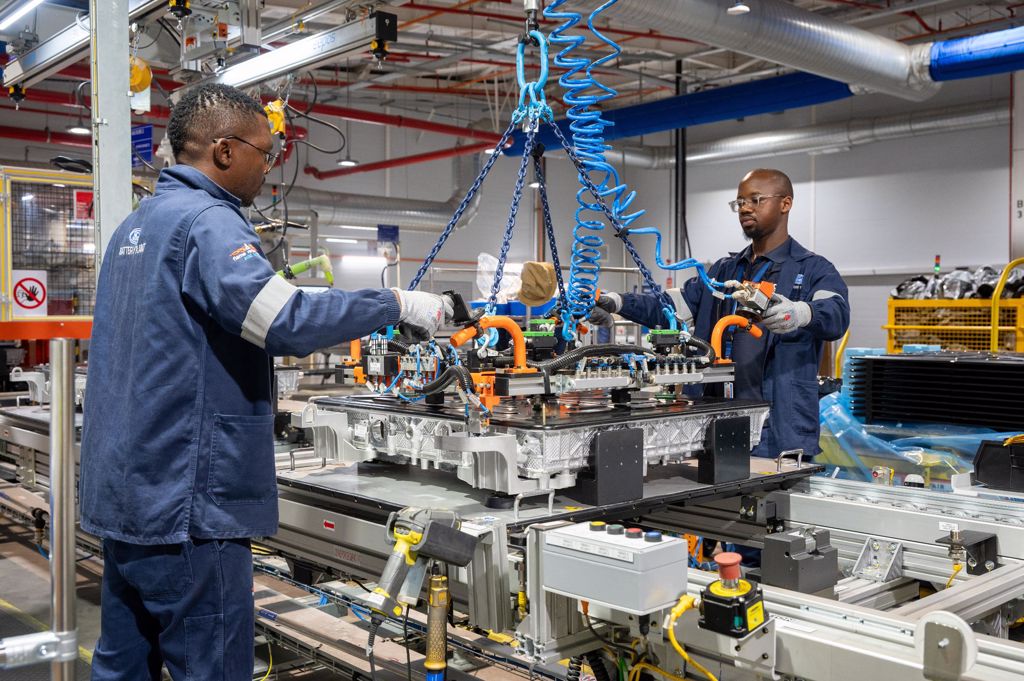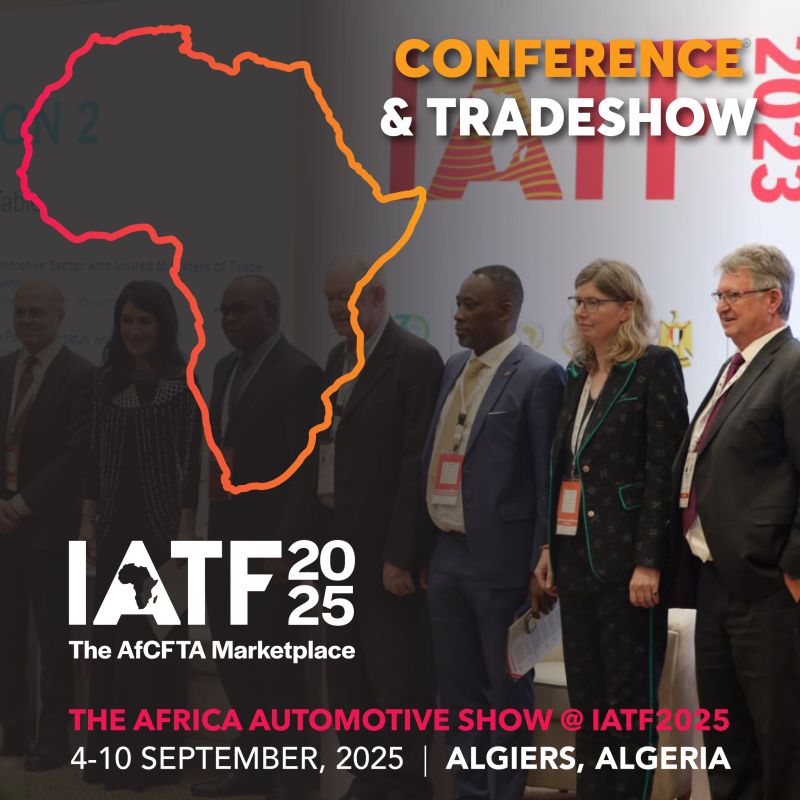The escalating trade tensions between Washington and New Delhi are reshaping global manufacturing flows, positioning Africa as a promising production hub for international businesses. The United States has raised tariffs on Indian imports to as high as 50%, a move driven largely by geopolitical factors, including India’s continued purchases of Russian oil. These tariffs, the steepest imposed on any country besides Brazil, have particularly strained India’s automobile, pharmaceutical, jewellery, and apparel sectors, compelling companies to explore alternative bases for exports to the American market.
Also read: Experts stress mining technology must deliver measurable impact to drive adoption
Africa’s Competitive Edge
In this shifting trade landscape, Africa has emerged as a compelling alternative. Countries such as Kenya, Ethiopia, Nigeria, Botswana, and Morocco are offering strong incentives, including tax holidays, customs duty exemptions, VAT waivers, and special economic zones, that significantly lower operating costs. For Indian manufacturers, producing in Africa allows them to benefit from preferential trade access, with US tariffs dropping to as low as 10% for goods exported from African nations—compared to the punitive 50% levies on Indian-made products.
The continent’s appeal is not limited to tariff advantages. Labour costs in certain African economies are considerably lower than in India, further enhancing competitiveness. Ethiopia, for instance, offers wages roughly one-third of India’s, making it a natural magnet for labour-intensive industries such as textiles and apparel.
Indian Firms Take Action
Leading Indian manufacturers are already moving production to Africa. Gokaldas Exports Ltd., a supplier to GAP Inc., has expanded operations in Kenya and Ethiopia, where exports to the US face just 10% tariffs. “We will continue to expand in Africa in case of 50% tariffs,” stated Managing Director Sivaramakrishnan Ganapathi in an interview, underscoring the company’s reliance on Africa’s favourable trade terms.
Similarly, Raymond Lifestyle Ltd. is relocating production to Ethiopia. According to CFO Amit Agarwal, “We can obviously shift some of the clients to the Ethiopian factory,” highlighting how African operations are cushioning the blow from Washington’s tariff hikes.
The Impact on India’s Trade
The fallout for India’s export sector is severe. In 2023 alone, India exported over $20 billion worth of textiles, jewellery, and diamonds to the US, its largest export market. But with tariffs now doubled from 25% to 50%, industry analysts warn that exports of labour-intensive goods could fall by as much as 90%.
The jewellery industry faces particular distress. According to Kirit Bhansali, chairman of the Gem and Jewellery Export Promotion Council, “The US is our single largest market, accounting for over $10 billion in exports, nearly 30% of our industry’s global trade. A blanket tariff of this magnitude is severely devastating for the sector.”
Meanwhile, rival exporters such as Turkey, Vietnam, and Thailand, face far lower US duties—ranging from 15% to 20%—giving them a competitive edge over Indian producers.

Strategic Shifts and BRICS Engagement
In response, New Delhi is recalibrating its trade strategies. The government has expanded its export focus from 20 countries to 50, prioritising markets in West Asia and Africa, while conducting a product-by-product review to identify areas where Indian exports can remain competitive. Officials have also encouraged exploring lower-tariff routes through nations like Mexico, Canada, Turkey, UAE, and Oman, though concerns remain about transparency and long-term sustainability.
Africa’s role is particularly strategic, not only as a tariff-friendly hub but also within the BRICS framework, where India is strengthening trade ties with African members. This growing engagement underscores a shift in the global economic order, as Africa gains recognition as a vital player in international supply chains.
Looking Ahead
For Indian businesses, Africa offers both a lifeline and a long-term growth platform. The continent’s combination of favourable trade terms, competitive labour costs, and supportive government policies makes it an increasingly attractive manufacturing haven. As trade frictions between the US and India persist, Africa’s rising prominence in global commerce reflects a broader realignment—one where the continent moves from the periphery to the centre of world trade.















